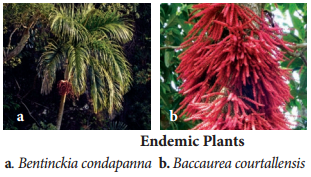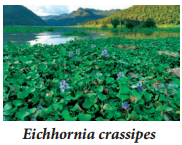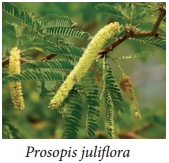Learninsta presents the core concepts of Biology with high-quality research papers and topical review articles.
Environmental Conservation Issues
India due to its topography, geology and climate patterns has diverse life forms. Now this huge diversity is under threat due to many environmental issues for this conservation becomes an important tool by which we can reduce many species getting lost from our native land.
By employing conservation management strategies like germplasm conservation, in situ, ex-situ, in-vitro methods, the endemic as well as threatened species can be protected and also have educational and recreational values for the society.
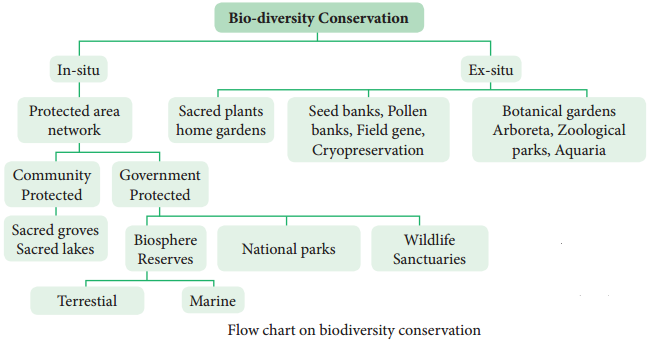
In-situ conservation:
It means conservation and management of genetic resources in their natural habitats. Here the plant or animal species are protected within the existing habitat. Forest trees, medicinal and aromatic plants under threat are conserved by this method. This is carried out by the community or by the State conservation which include wildlife, National park and Biosphere reserve.
The ecologically unique and biodiversity rich regions are legally protected as wildlife sanctuaries, National parks and Biosphere reserves. Megamalai, Sathyamangalam wildlife, Guindy and Periyar National park, and Western ghats, Nilgiris, Agasthyamalai and Gulf of Mannar are the biosphere reserves of Tamil Nadu.
Sacred groves
These are the patches or grove of cultivated trees which are community protected and are based on strong religious belief systems which usually have a signifiant religious connotation for protecting community. Each grove is an abode of a deity mostly village God Or Goddesses like Aiyanar or Amman.
448 grooves were documented throughout Tamil Nadu, of which 6 groves (Banagudi shola, Thrukurungudi and Udaiyankudikadu, Sittannnavasal, Puthupet and Devadanam) were taken up for detailed floristic and faunistic studies. These groves provide a number of ecosystem services to the neighbourhood like protecting watershed, fodder, medicinal plants and micro climate control.
Ex-situ conservation
It is a method of conservation where species are protected outside their natural environment. This includes establishment of botanical gardens, zoological parks, conservation strategies such as gene, pollen, seed, in-vitro conservation, cryo preservation, seedling, tissue culture and DNA banks. These facilities not only provide housing and care for endangered species, but also have educational and recreational values for the society.
Endemic Centres and Endemic Plants
Endemic species are plants and animals that exist only in one geographic region. Species can be endemic to large or small areas of the earth. Some are endemic to a particular continent, some to a part of a continent and others to a single island. Any species found restricted to a specified geographical area is referred to as ENDEMIC. It may be due to various reasons such as isolation, interspecific interactions, seeds dispersal problems, site specifiity and many other environmental and ecological problems.
There are 3 Megacentres of endemism and 27 microendemic centres in India. Approximately one third of Indian flora have been identified as endemic and found restricted and distributed in three major phytogeographical regions of india, that is Indian Himalayas, Peninsular India and Andaman nicobar islands.
Peninsular India, especially Western Ghats has high concentration of endemic plants. Hardwickia binata and Bentinckia condapanna are good examples for endemic plants. A large percentage of Endemic species are herbs and belong to families such as Poaceae. Apiaceae, Asteraceae and Orchidaceae.
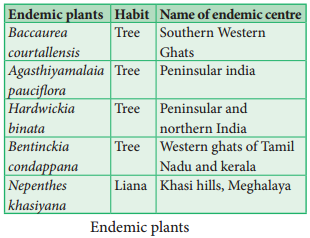
Majority of endemic species are threatened due to their narrow specifi habitat, reduced seed production, low dispersal rate, less viable nature and human intereferences.. Serious efforts need to be undertaken for their conservation, otherwise these species may become globally extinct.
